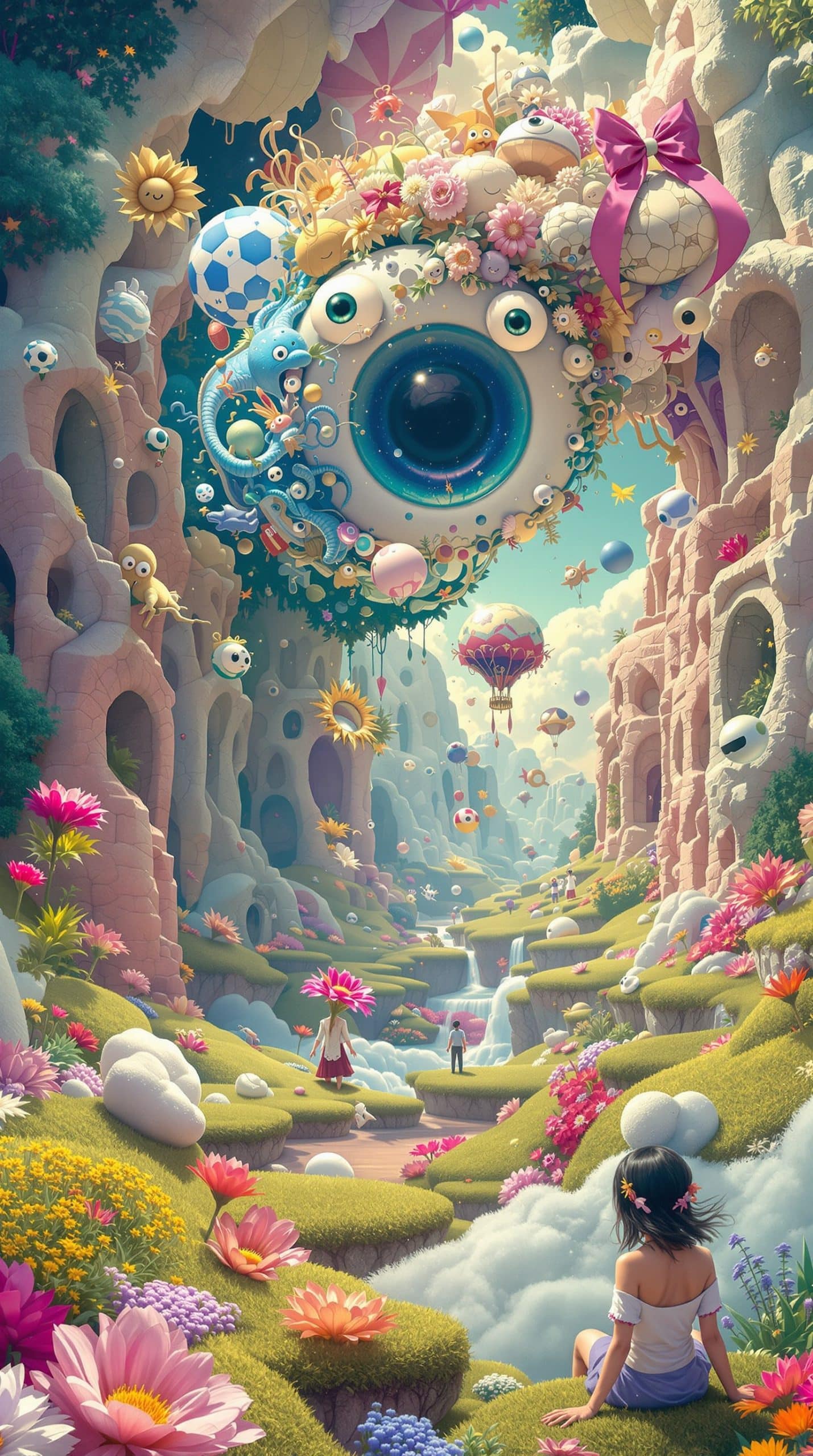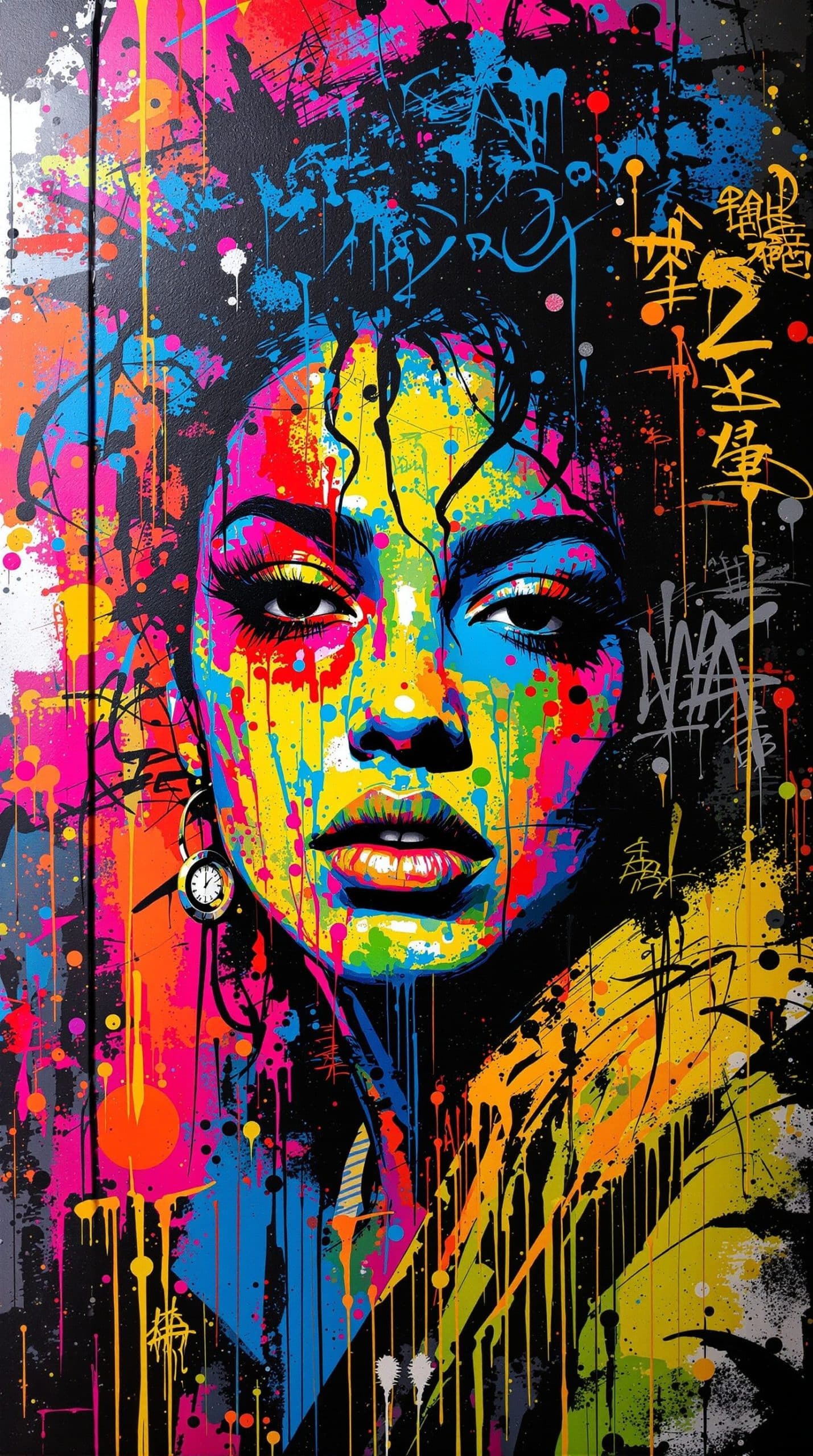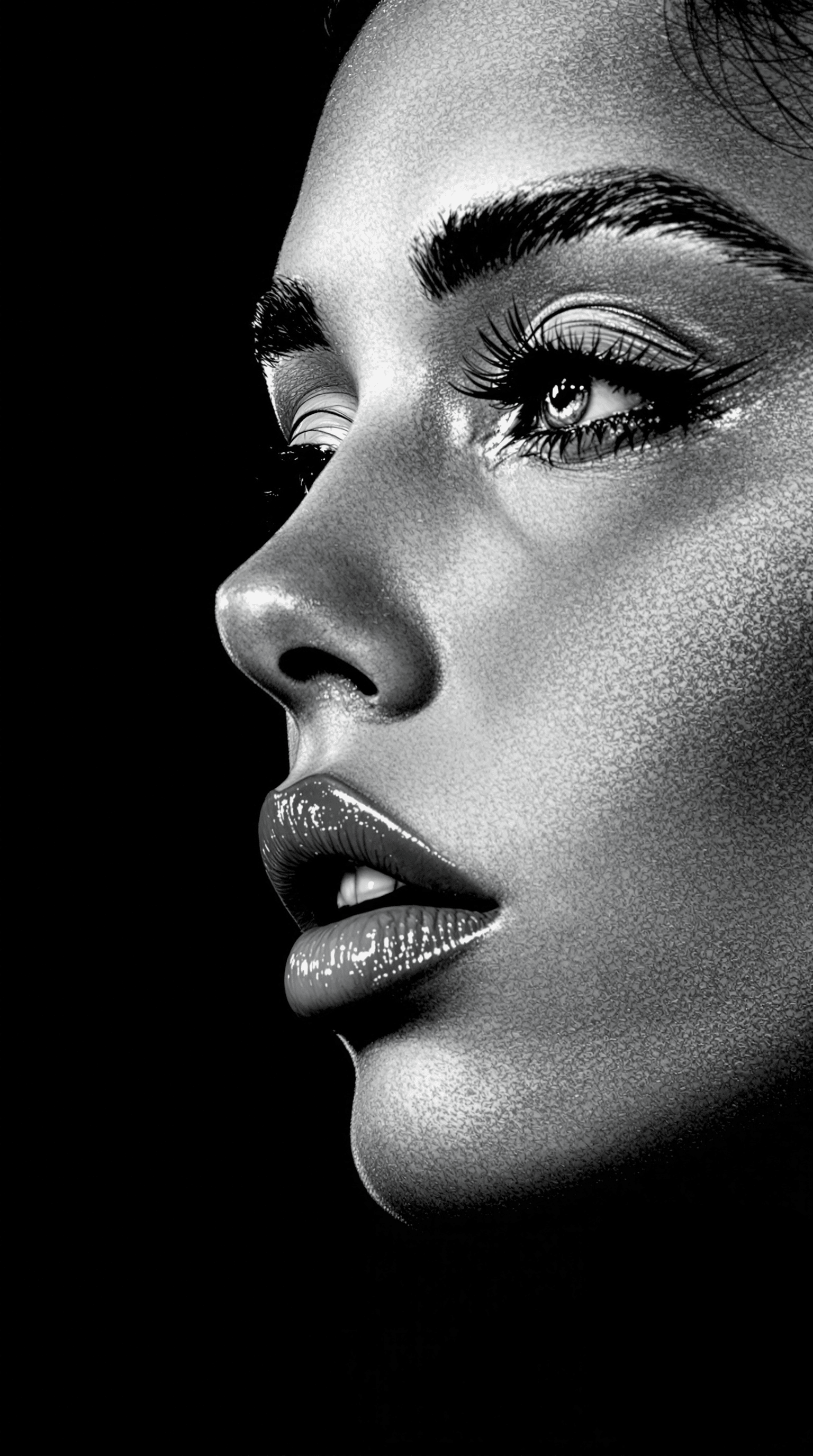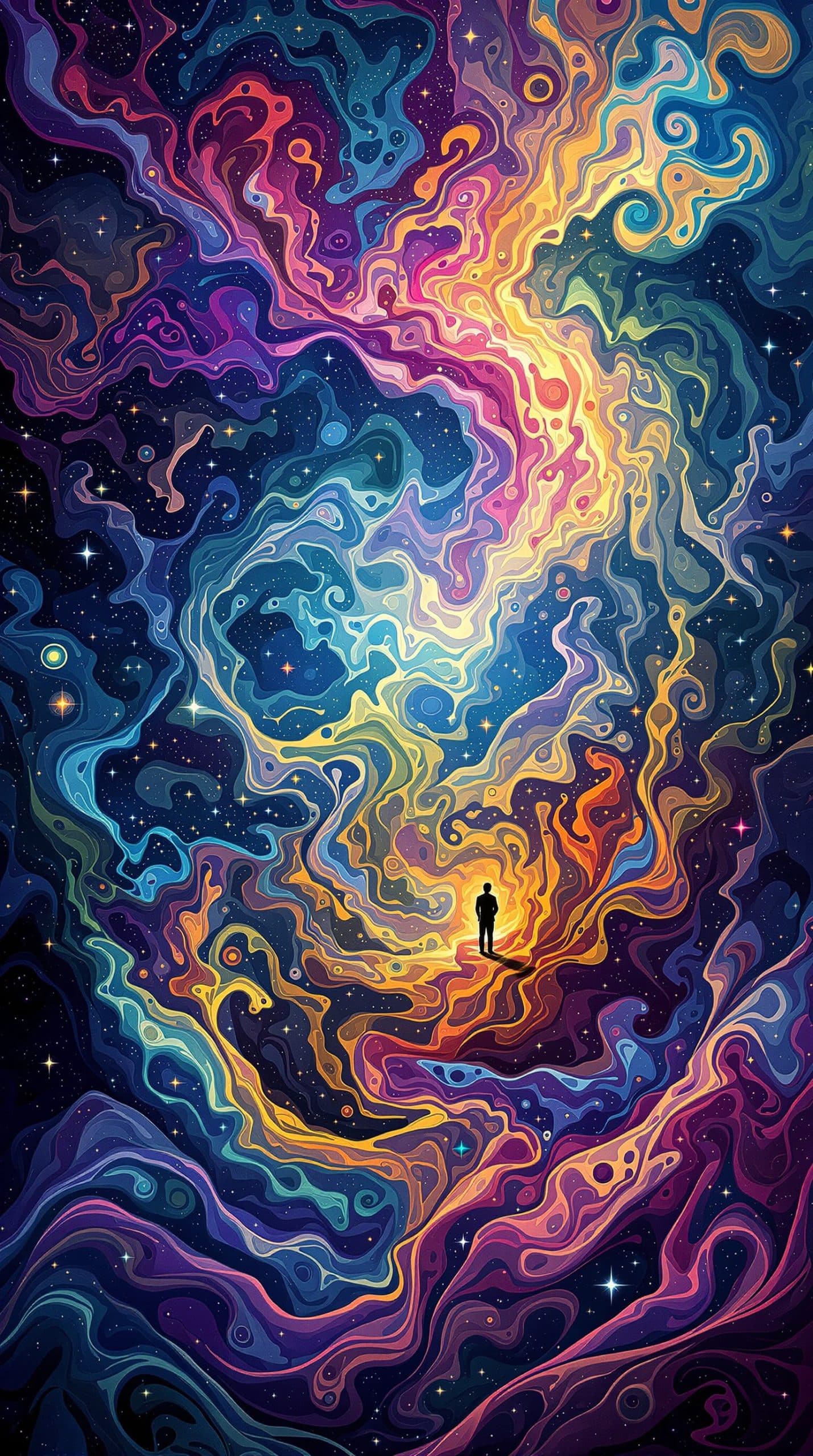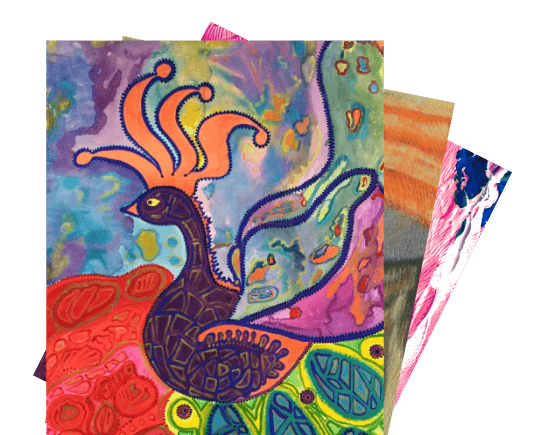Filters
Available Artwork
Artist By Country
Showing all 7 results
Other styles of paintings you may like
Origins of Orange Painting:
The story of orange painting intertwines natural resources, ancient civilisations, and the evolution of pigment technology over millennia. Both in ancient India and Egypt artists used orange colour in some of their items. Realgar, a mineral pigment was seen used in the tomb paintings in Egypt. And Orange carnelians were significantly used during the Indus Valley Civilisation which was, in turn, obtained by the people of Kutch, Gujarat, India. The colour was later used by the medieval artists for colouring the manuscript. In ancient times, a mineral called orpiment was also used to create pigments. For hundreds of years, orpiment was ground into a pigment for paints and sealing wax. It was, in fact, one of the rare clear, bright yellow-orange pigments artists could use until the 19th century. That's when new options like cadmium yellows, chromium yellows, and organic dye-based colors became available. After the 19th century, orpiment was no longer needed because it was extremely toxic and reacted badly with other common pigments, such as verdigris and azurite.
The orange tree was first brough to Europe by the Potuguese from Asia in the late 15th and early 16th century alongside the anskrit word nāraṅga, which gradually became part of several European languages. In 1797, French scientist Louis Vauquelin discovered crocoite (lead chromate), leading to the creation of chrome orange in 1809. Soon after, new synthetic pigments like cobalt red, cobalt yellow, and cobalt orange emerged. These innovations, combined with the invention of the metal paint tube in 1841, allowed artists to paint outdoors and truly capture natural light. From the Pre‑Raphaelites—who spotlighted red‑orange hair like that of Elizabeth Siddal—to Impressionists like Monet and Renoir, orange became essential for capturing light and emotion. Monet’s Impression, Sunrise famously showcases a glowing orange sun, while Van Gogh used orange for contrast against blue skies. Moreover, Van Gogh used the colour orange in his works dramatically. For Van Gogh orange and yellow were the pure sunlight of Provence. He produced his own oranges with mixtures of yellow, ochre and red, and placed them next to slashes of sienna red and bottle green, and below a sky of turbulent blue and violet. He put an orange moon and stars in a cobalt blue sky.
And by the 20th century, artists like Toulouse‑Lautrec and Matisse leveraged bold orange tones to evoke energy and warmth in posters, canvases, and interiors. Today’s artists enjoy an array of orange pigments, earth-based, synthetic, and organic, combining historical resonance with contemporary aesthetics.









